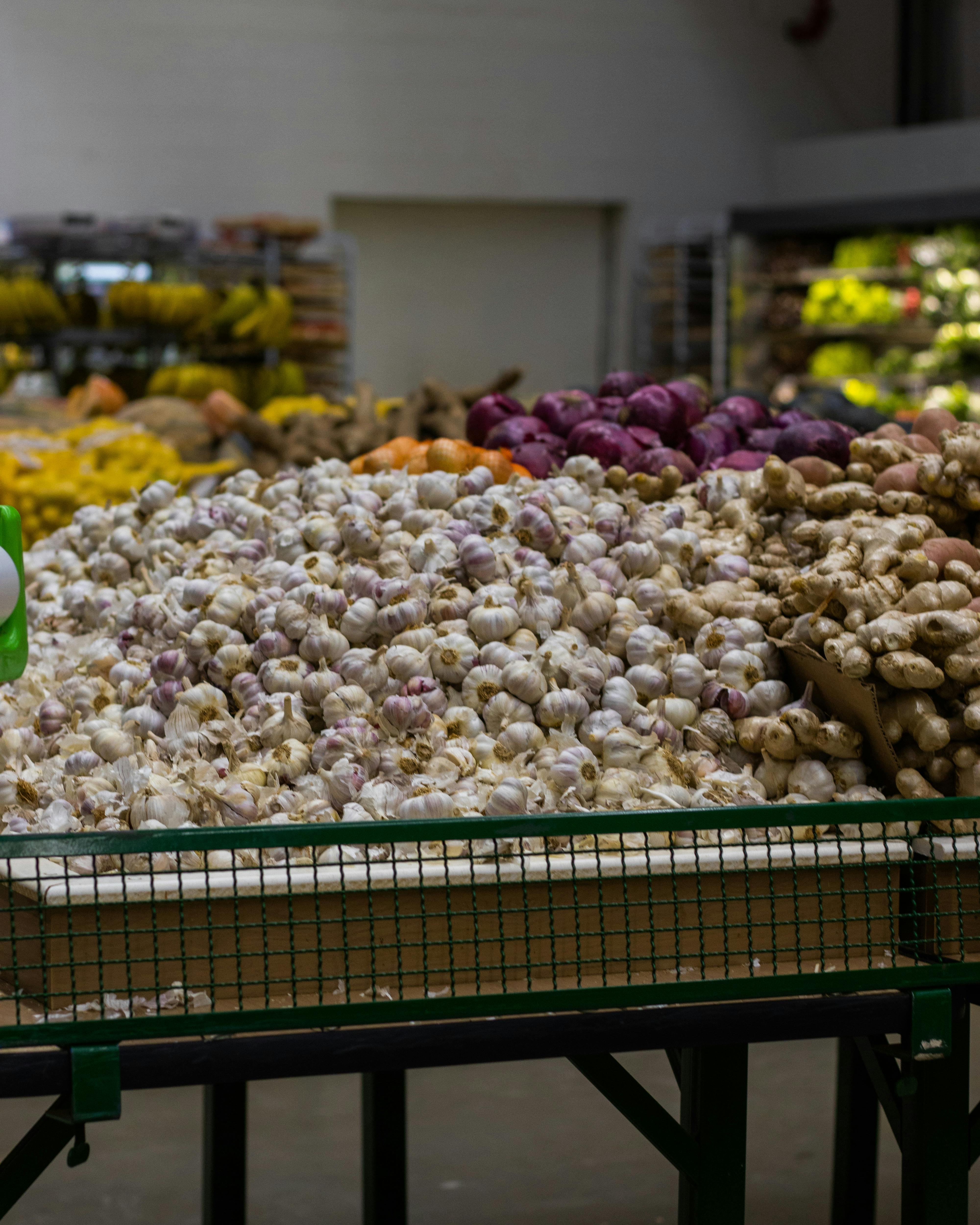Apply Now
Essential Tips for Maintaining Your Dutch Oven in 2025
Cleaning a Dutch oven is not just about keeping it visually appealing; it's crucial for maintaining its functionality and preserving its lifespan. For many home cooks, a Dutch oven is an indispensable kitchen tool that allows for versatile cooking methods—from soups to braised dishes. Understanding how to clean and maintain your Dutch oven properly will not only ensure food safety but also enhance your culinary experience.
In 2025, sustainable cleaning practices are becoming more important than ever. This article provides reliable tips for effectively cleaning a Dutch oven, using eco-friendly solutions, and preserving its enamel finish. You’ll discover the best practices for removing stubborn stains, preventing rust, and maintaining your cast iron cookware for years to come.
Key takeaways include:
- The importance of using safe cleaning products for your Dutch oven.
- Techniques for deep cleaning and freshening up your Dutch oven.
- Practical tips and tricks for routine maintenance.
Top Cleaning Methods for Your Dutch Oven
Building upon the need for effective cleaning, let’s explore the top cleaning methods that will keep your Dutch oven in pristine condition.
Using Natural Cleaners for Dutch Oven Care
Natural cleaners are a fantastic option for maintaining your Dutch oven without the risk of damage from harsh chemicals. Vinegar and baking soda are two tried-and-true cleaning agents that can help effectively remove baked-on food.
To freshen up your Dutch oven, sprinkle baking soda over the affected areas and add a splash of water. Let it sit for a few minutes to loosen grime before scrubbing gently with a soft brush. Vinegar can be used to dissolve mineral buildup and bacteria—mix it with water for an effective solution that doesn’t harm your Dutch oven’s interior.
Make sure to always rinse thoroughly after cleaning to ensure no residues are left behind. The use of natural cleaners not only preserves the integrity of your cast iron but also contributes to a healthier cooking environment.
Effective Scrubbing Techniques
When it comes to scrubbing your Dutch oven, the technique matters just as much as the products you use. Opt for lightweight scrubbers like diamond scrub pads or soft-bristled brushes that won’t scratch the enamel coating. Avoid abrasive pads, as they can dull your Dutch oven's finish over time.
For tough stains and sticky residues, use a gentle yet effective scrubbing motion to prevent any damage. For persistent baked-on food, heat a little water in the pot after cooking to help loosen residue. This way, cleaning becomes a less daunting task.
Using the right tools can also enhance your cleaning efficiency—look for scrub brushes designed specifically for enamel cookware. This ensures a thorough clean while maintaining the aesthetic of your Dutch oven.
Deep Cleaning Your Dutch Oven
Routine deep cleaning is essential for the long-term care of your Dutch oven. Depending on usage frequency, aim for monthly deep cleaning sessions. Start by soaking your Dutch oven in warm, soapy water for at least an hour. This will help in softening any stubborn grime.
After soaking, use a mixture of baking soda and water to form a paste and apply it to areas that require additional attention. Let it sit for a few minutes before scrubbing gently. This method not only cleans but also rejuvenates your cookware's interior.
Always dry your Dutch oven thoroughly after cleaning to prevent moisture buildup, which could lead to rusting. By incorporating deep cleaning processes into your cooking routine, you can effectively manage the longevity of your kitchen investment.
Best Practices for Avoiding Rust on Your Dutch Oven
After exploring cleaning methods, it’s crucial to discuss preventive measures that will protect your Dutch oven from rust.
Proper Storage for Dutch Ovens
Storing your Dutch oven correctly can significantly reduce the risk of rust. Ensure it is completely dry before putting it away. A damp environment can quicken oxidation. If your pot has a lid, consider placing a paper towel between the pot and lid to allow air circulation and absorb any moisture.
Additionally, store your Dutch oven in a dry cupboard away from areas that may attract moisture. Covering it with a cloth can also protect against dust and debris, further contributing to its longevity.
Monthly Dutch Oven Upkeep
Consistency in maintenance plays a pivotal role in preserving your Dutch oven. Engage in a routine inspection of your cookware every month. Check for any signs of rust or wear—this could include checking the enamel coating for chips or scratches.
If you notice any wear, it may be time to rejuvenate the seasoning. Using mineral oil on the exterior can help create a barrier against moisture and preserve the enamel finish. Implementing these periodic check-ups ensures that your Dutch oven remains a reliable culinary tool.
Understanding Enamel Coating Durability
The enamel coating on your Dutch oven is its protective layer. Understanding how to care for it can prevent premature wear. Avoid using sharp utensils that could scratch the surface. Opt for wooden or silicone tools during cooking and cleaning.
Regularly using safe enamel cleaning methods, such as gentle scrubs and natural cleaners, will keep the enamel intact and reduce the chances of developing rust or losing its aesthetic appeal.
Essential Cleaning Tools for Your Dutch Oven
Now that we’ve established the importance of maintenance, let’s delve into the essential cleaning tools specifically designed for your Dutch oven.
Best Scrub Brushes for Enamel
Investing in high-quality scrub brushes is key to maintaining your Dutch oven. Look for brushes with soft bristles that can effectively remove food residue without damaging the enamel surface.
Ensure that the brushes are dishwasher safe, facilitating easy cleaning after use. This not only saves time but also helps retain the quality of the brush for a longer period.
Eco-Friendly Cleaning Products
Given the shift towards sustainability, it's essential to incorporate eco-friendly cleaning products. Many companies now offer natural cleaners that are safe for you and the environment. When looking for cleaning supplies, reference labels that confirm they are chemical-free and non-toxic.
Inquire about the environmental impact of your cleaning products, as well. Using green cleaning solutions not only benefits your cookware but also aligns with conscientious living practices.
Homemade Cleaners for Dutch Ovens
Creating homemade cleaners can be a fun and effective way to maintain your Dutch oven. Combine natural ingredients like vinegar, baking soda, and lemon juice. This can result in an effective cleaning solution that removes stains while being gentle on your cookware.
Mix equal parts of water and vinegar, then use a soft cloth to wipe the surface. The acidity helps dissolve grease and bacteria. Additionally, lemon juice can be used for its antibacterial properties and pleasant fragrance.
Cleaning Challenges and Solutions for Dutch Ovens
Every cook knows the occasional challenge that comes with maintaining a Dutch oven. Here are common issues you may face and effective solutions.
Cleaning Baked-On Food Residue
Baked-on food can be intimidating, but there are practical solutions. One effective method involves filling the Dutch oven with warm water and a couple of tablespoons of baking soda. Allow this to simmer on low heat for about 15 minutes. This process helps to loosen stubborn food particles without the need for aggressive scrubbing.
Once cooled, simply scrub with a soft brush, and you’ll find much of the residue much easier to remove.
Removing Sticky Residue
For sticky residue, creating a paste with equal parts of baking soda and water can work wonders. Apply the paste to the sticky areas and let it sit for a few minutes. This provides a gentle abrasiveness that can help lift the residue while protecting the enamel.
Be sure to rinse thoroughly to avoid any baking soda residue that might affect the flavor of your next meal.
Preventing Odors in Your Dutch Oven
Odors can cling to your Dutch oven, primarily if you prepare spicy dishes. To eliminate unwanted smells, simply fill your pot with water and add a tablespoon of baking soda or two slices of lemon. Simmer for about 10 minutes, then let it cool and scrub.
This method not only reduces unpleasant odors but freshens your pot, making it ready for your next culinary adventure.
Q&A: Common Cleaning Questions
How often should I clean my Dutch oven?
Cleaning frequency depends on usage, but as a rule of thumb, it’s best to clean after every use to remove food particles and grease. Consider a deep clean monthly.
What is the best way to store my Dutch oven?
Ensure your Dutch oven is entirely dry before storing it. Place a paper towel inside to absorb any moisture and allow airflow. Store it in a dry, cool place.
Can I use soap to clean my cast iron Dutch oven?
While traditionally avoided, a small amount of mild dish soap is acceptable. Just ensure to rinse thoroughly and avoid abrasive soaps which may affect the enamel finish.
How do I prevent rust from forming?
Keeping your Dutch oven dry, using mineral oil for maintenance, and conducting regular checks for wear can significantly help in preventing rust formation.
What’s the best way to recondition my Dutch oven?
Cleaning thoroughly and then applying a very thin coat of mineral oil or seasoning oil can rejuvenate its surface. Apply it while the oven is warm but not hot, allowing the oil to absorb properly.




